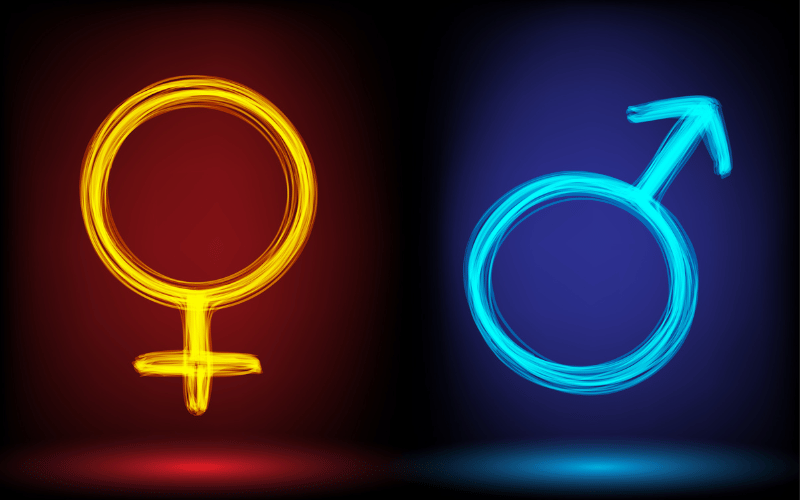Fact 5: Gender, Age, and Socioeconomic Factors in Agoraphobia

Statistically, women are more likely to be diagnosed with agoraphobia than men. The reasons behind this discrepancy are multifaceted, often rooted in the intricate interplay between biology, societal expectations, and personal experiences. Hormonal fluctuations, particularly during specific phases like menstruation, pregnancy, or menopause, can exacerbate anxiety symptoms in women. Moreover, societal pressures and expectations placed upon women, like the roles of caregiving, can sometimes heighten stress levels, leading to disorders like agoraphobia. While men too experience agoraphobia, cultural stigmas about expressing vulnerability might deter many from seeking help, making it a less reported but equally concerning issue.
Agoraphobia doesn’t discriminate by age. However, the onset often occurs in late adolescence or early adulthood. This period is a tumultuous phase of life, marked by significant changes and decisions about education, career, and personal identity. The pressures of this transitional phase can sometimes trigger the onset of anxiety disorders, including agoraphobia. Conversely, in older adults, factors like deteriorating health, the loss of loved ones, or the fear of dependency can instigate or exacerbate agoraphobic tendencies. Understanding how age-specific concerns contribute to agoraphobia can pave the way for more tailored therapeutic interventions.
Socioeconomic factors undeniably influence mental health. Individuals from lower socioeconomic backgrounds often face heightened stress due to financial insecurities, lack of access to quality healthcare, and sometimes, challenging living conditions. Such continuous stressors can lay the groundwork for the onset of anxiety disorders, including agoraphobia. Conversely, those in higher socioeconomic strata aren’t immune either. The pressures of maintaining social status, combined with the often isolating nature of affluence, can trigger mental health issues. Agoraphobia, thus, transcends economic boundaries, but its manifestation and coping mechanisms might vary based on one’s financial standing.
Different cultures have varied perceptions and stigmas associated with mental health. In certain societies, expressing feelings of anxiety or fear might be perceived as a sign of weakness, discouraging individuals from seeking help. Additionally, the cultural interpretation of symptoms can differ; what’s labeled as agoraphobia in one culture might be understood differently in another. Recognizing and respecting these cultural nuances is crucial in diagnosing and treating agoraphobia globally. Furthermore, societal norms, like the expectation to conform to specific roles or behaviors, can either act as stressors or provide a support system, influencing the course of the disorder.
No single factor can explain the complexities of agoraphobia. It’s crucial to adopt an intersectional approach, considering how gender, age, socioeconomic status, culture, and other individual factors intersect and shape one’s experience with the disorder. For instance, a young woman from a lower socioeconomic background in a conservative society might face unique challenges compared to an elderly man from an affluent background in a more liberal environment. Embracing this intersectionality ensures a more holistic understanding and a tailored approach to treatment, ensuring that every individual’s unique experiences and challenges are acknowledged and addressed. (5)